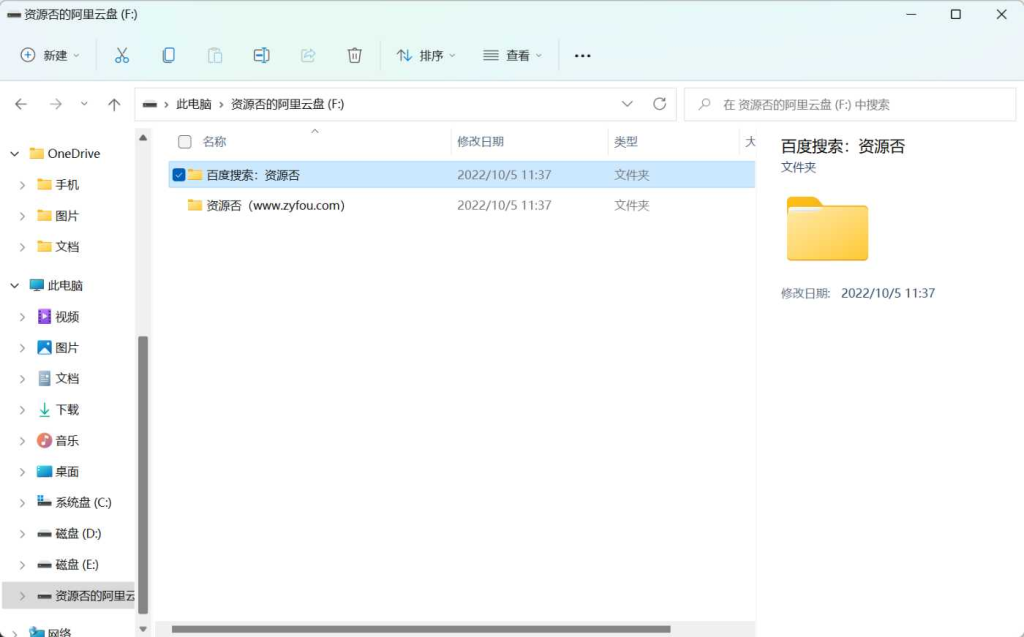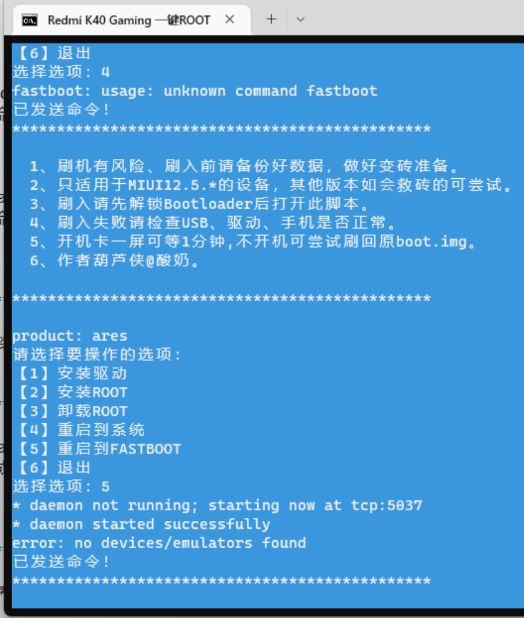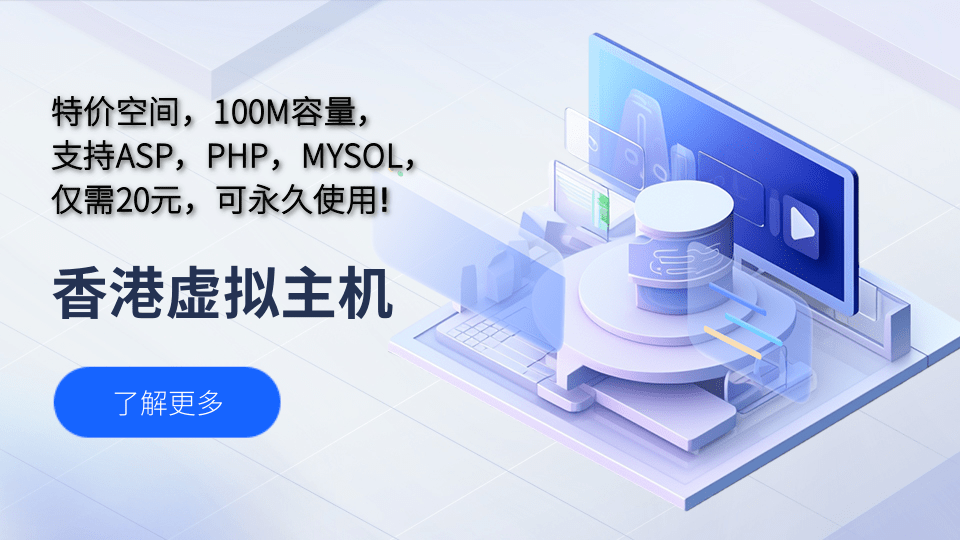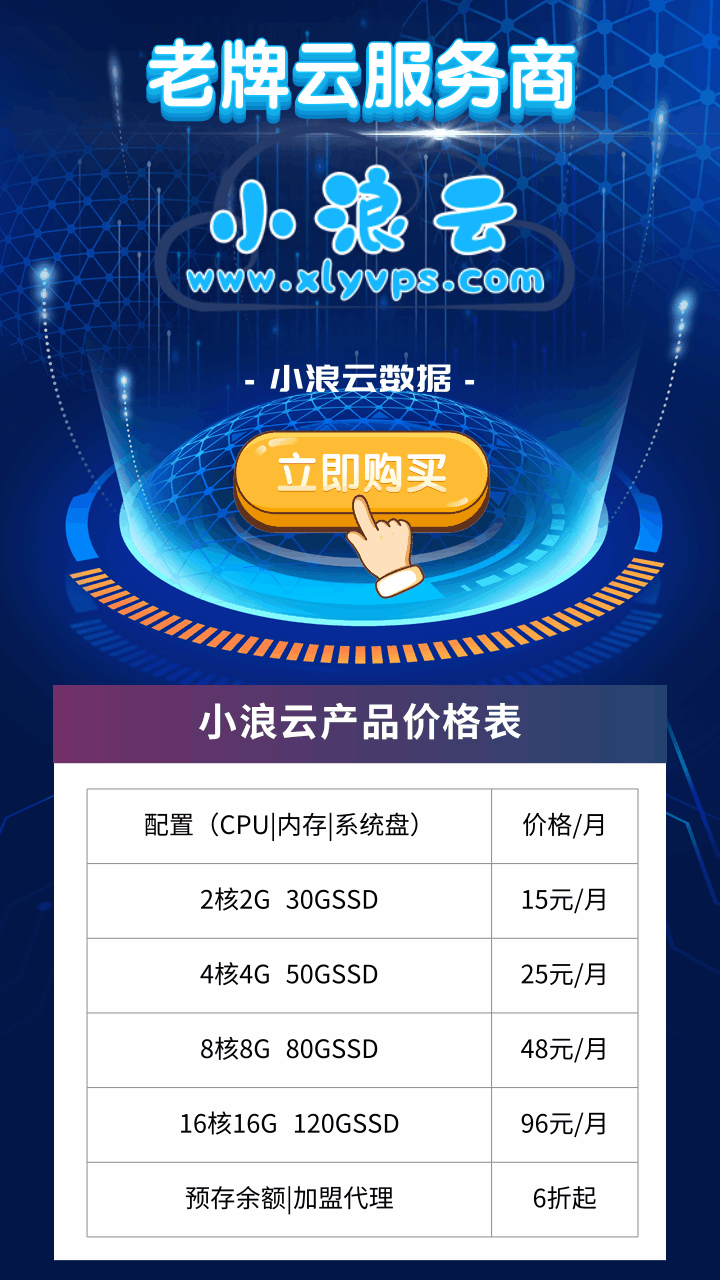
1.概述
mysql-monitor MYSQL 监控工具,优化工具,各种工具为一体的Java spring boot 项目
git地址:https://github.com/lccbiluox2/mysql-monitor.git
2. 代码架构

3. 后端服务
后端服务的主类是com.neo.MySQLMointorApplication
3.1 后端服务的数据库
spring.datasource.driverClassName = com.mysql.jdbc.Driver spring.datasource.url = jdbc:mysql://localhost:3306/mysql_monitor?useUnicode=true&characterEncoding=utf-8&useSSL=true spring.datasource.username = root spring.datasource.password = 12345678
这个根据自己的需要进行修改。
SQL运行的脚本在doc/sql/mysql_monitor.sql请先执行建表操作,然后运行主类。
4.前端服务
前端主页面:web-provider/html/database/database-list.html
因为是前后端分离,采用最原始的html+jquery+ajax操作后端并且显示,解决了跨域的问题。直接打开页面即可。
4.1 配置
前端的配置文件如下:web-provider/JS/constant.js
//定义几个全局变量 var AppUrl = "http://localhost:8090";//整个页面的请求页面
主要配置后端请求的地址。
5.效果如下
5.1 数据库列表页面

5.2 数据库详情页面

5.3 表列表页面

5.4 表详情页面

5.5 sql分析界面

后面还会开发更多功能。。。等待中。。
7.目标
最终目标是实现mysql运维监控一体化,而且是只针对MySQL的,其他的数据库不管。主要目标是实现
开发人员以后只需要会用MySQL会用这个工具就行了,自动帮我们分析出表的不好的地方,以及SQL写的不好的地方
让开发人员靠着这个能当一个MySQL dba
目前想到的功能
-
SQL 执行优化,开发人员,写了一个SQL,不知道性能好不好,只需要在页面上,点击输入SQL,然后会模拟各种
-
执行,并且绘制成表格,显示各种优化的SQL执行。这个要采用Antlr进行词法分析,语法分析。
-
自动分析表结构,比如设置了varchar(100),如果你的数据只用了50个字节,那么算出你这个字段损失的空间,磁盘
-
自动采样索引形成树形图,展示在页面,让我们对我们建立的索引有个大概的真实样子
-
大量的性能监控图
推荐教程:《MySQL教程》
















